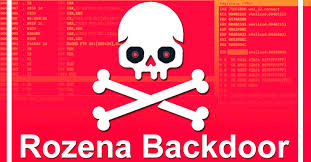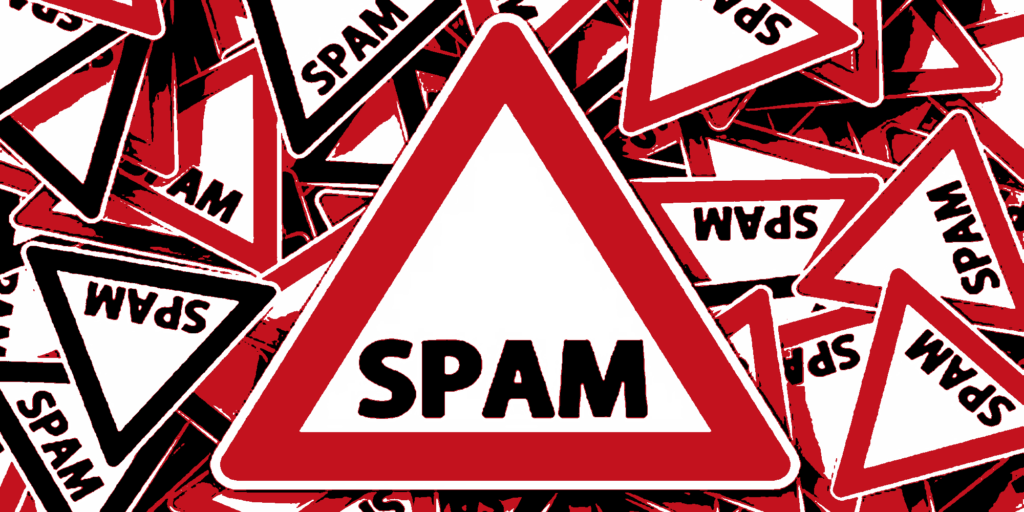What is WordPress Shell & Defacement

What is WordPress Website Shell & Defacement?
Shell:
- A “shell” in the context of a website refers to a web-based interface or command-line interface that allows an attacker to interact with the server hosting the website. It is essentially a backdoor that provides unauthorized access to the server’s file system and functionalities.
- Attackers may upload a shell script or exploit vulnerabilities in the website’s code to gain access. Once a shell is installed, it allows the attacker to execute commands, upload or download files, manipulate the website’s content, and perform other malicious actions.
- Shells are a common component of various website attacks, and their presence can lead to further exploitation and compromise of the entire hosting environment.
Defacement:
- Website defacement involves altering the visual appearance of a website to display content that is unauthorized, often with the intent to convey a message, promote a cause, or simply vandalize the site.
- In the context of a WordPress website, defacement typically involves modifying the homepage or other prominent pages to replace the original content with the attacker’s own content. This can include political messages, offensive material, or simply a claim of responsibility for the compromise.
- Defacement is often a visible sign of a security breach and can harm the reputation of the website owner or organization.
Both shell access and defacement can be consequences of security vulnerabilities in a WordPress site. To mitigate the risk of such incidents, website owners should follow security best practices:
- Keep WordPress core, themes, and plugins up to date.
- Use strong, unique passwords for all user accounts.
- Regularly perform security audits and vulnerability assessments.
- Implement security plugins and firewalls.
- Monitor server logs for unusual activities.
- Back up the website regularly to facilitate recovery in case of an attack.
If a WordPress website is compromised, it’s essential to identify and remove any malicious scripts or backdoors, patch vulnerabilities, and restore the website from a clean backup. Additionally, website owners should investigate the incident to understand how the compromise occurred and take steps to prevent future attacks.
Related Posts

What is Backdoor Malware Attack?
Backdoor attacks can take various forms and serve different purposes,...

What is WordPress SEO Spamming?
What is WordPress SEO Spam? WordPress SEO spamming refers to...
